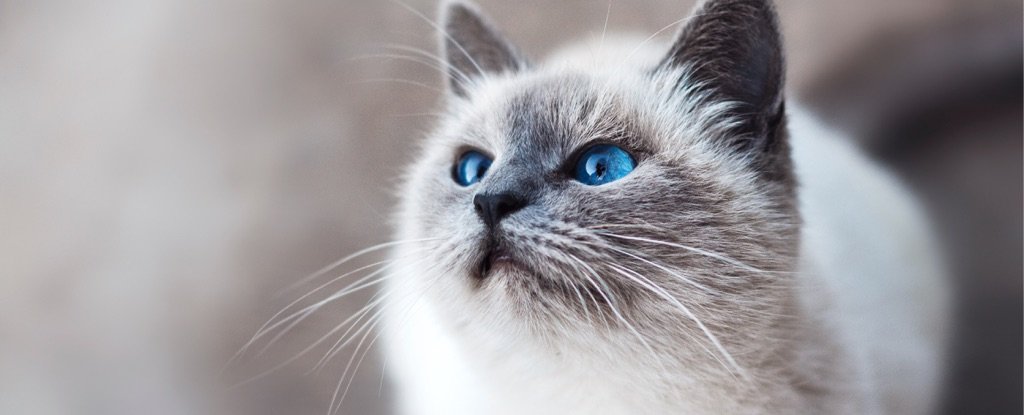Thousands of years before Hello Kitty and Grumpy Cat, some wild little felines and early farmers made a tacit deal: One side would act a bit docile and kill grain-raiding vermin, and the other would tolerate the cats' presence and let them eat scraps. That much has long been assumed about cat domestication.
But a new study of DNA from the bones and teeth of more than 200 ancient cats reveals far more about when and how wild cats - solitary, reclusive and very ill-tempered - began to pad their way from the edges of civilisation into our homes and hearts.
An international team of researchers found that cats' dispersal happened in two waves, first from the Fertile Crescent and later from Egypt. And their migration likely included voyages on Viking ships.
Whether house cats are truly domesticated is a subject of debate among scientists. Their genes aren't very different from those of wild cats, nor are their bodies or features - they don't, for example, have the floppy ears and curly tails common to many domesticated animals.
What's more, though some of them are perfectly happy to curl up on human laps, cats, unlike their canine housemates, are quite capable of living outdoors and feeding themselves.
But at some point, wild felines did come indoors and launched, as the authors call it, "the cat's worldwide conquest."
As has been established by previous research, modern-day cats all trace their roots to one subspecies of wild cat, Felis silvestris lybica, that is native to northern Africa and southwest Asia and has proved to be more easily tamed than the four other subspecies.
"To get the real picture, we have to go back to the ancient remains and analyse those," author Eva-Maria Geigl, an evolutionary geneticist at the Institut Jacques Monod in Paris, said in an interview.
"We tried to get a picture of how the distribution of wild cats occurred before taming occurred."
Read more: Science Alert

Comments
Post a Comment